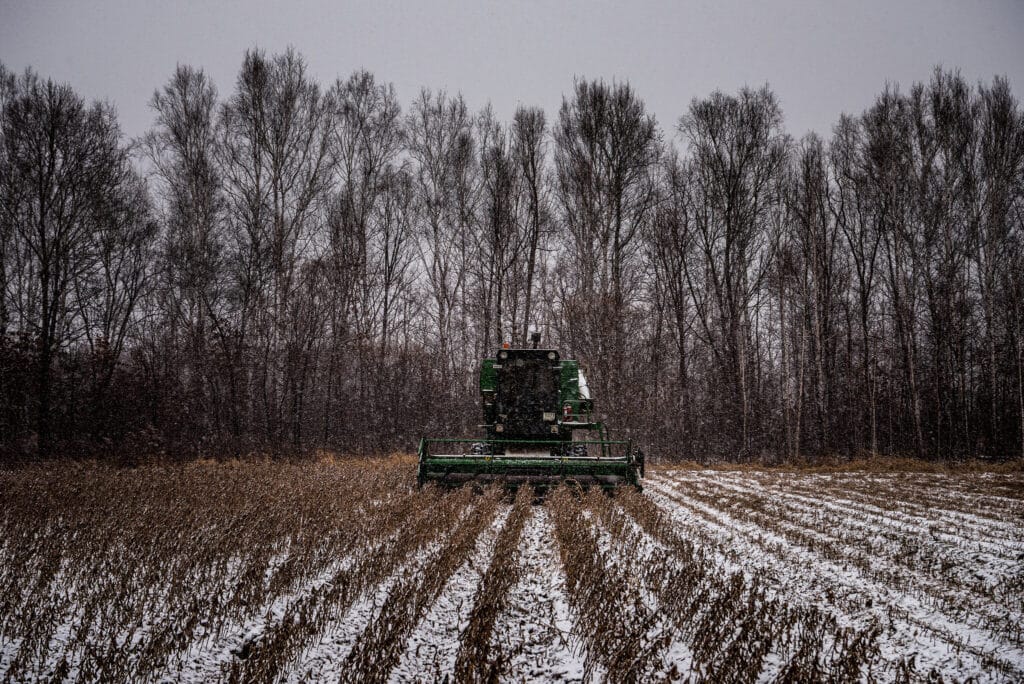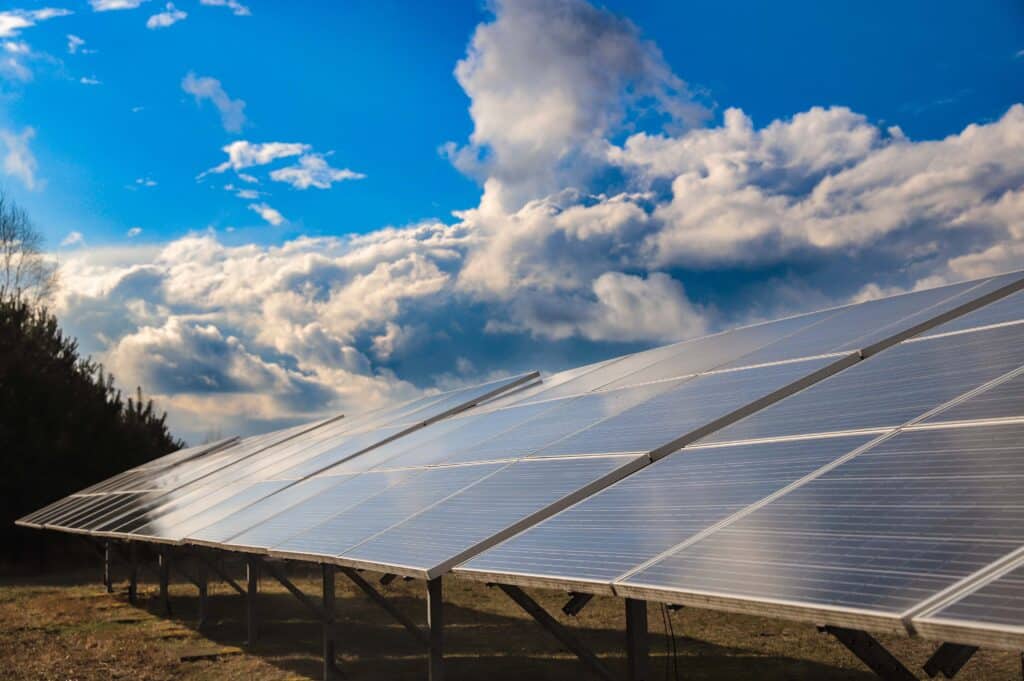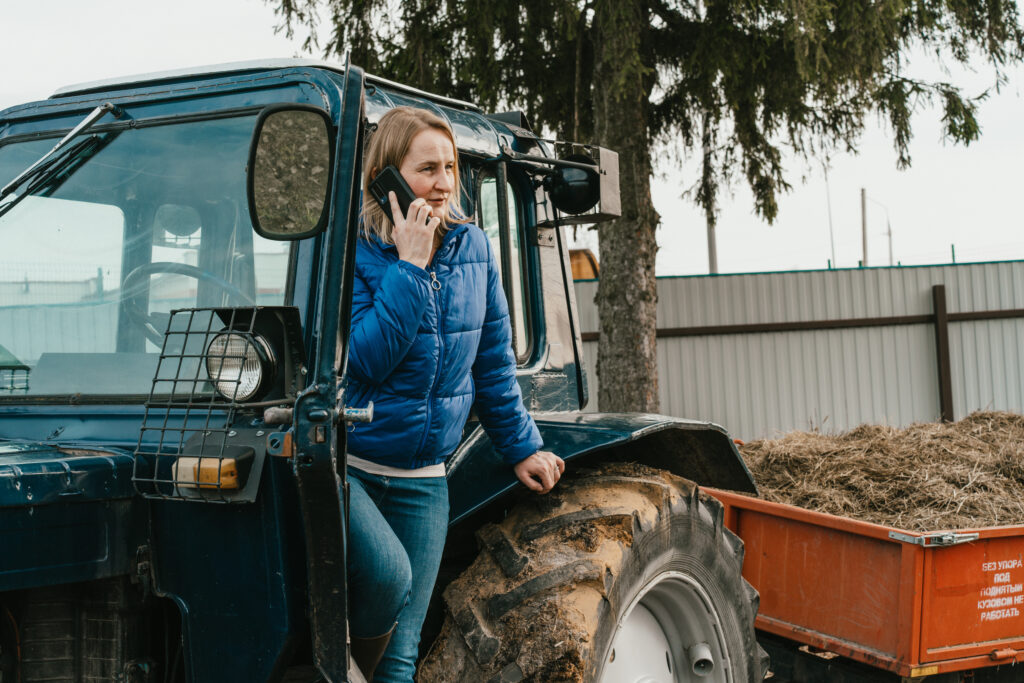
Climate Change, Agriculture, and Small Cities in Belarus: Challenge and Opportunity

Introduction: Setting the Scene
- Introduction: Setting the Scene
- Climate Shifts in Belarus
- Agriculture on the Front Line
- Small Cities and Changing Rural Dynamics
- Emerging Opportunities from Change
- Policy and Local Responses
- Barriers and Risks Ahead
- Case Studies: Belarusian Towns and Farms
- Vision for the Future
- Conclusion: Challenge and Opportunity
The phrase “Climate Change, Agriculture, and Small Cities in Belarus: Challenge and Opportunity” captures a pivotal transformation unfolding across the country. Belarus—long known for its vast plains, state‑run farms, and industrial small towns—is now grappling with unprecedented shifts in climate, agriculture and demographic structure. These shifts present both deep challenges and surprising opportunities.
While global attention often focuses on megacities or major agricultural exporters, Belarus’s smaller towns and rural regions are at the heart of adaptation and transformation. Here, farmers confront changing weather patterns, small municipalities wrestle with economic decline, and new models of sustainable development offer hope. This article explores how climate change is reshaping agriculture and small cities in Belarus, evaluates emerging opportunities, and outlines what is needed to turn challenge into resilience.
Climate Shifts in Belarus
Belarus has already registered measurable climate change impacts. According to the United Nations Development Programme (UNDP) in Belarus, the average annual temperature in the country has increased by about 1.4 °C over the past 140 years. Meanwhile, precipitation patterns are becoming more erratic, with heavier rains in some seasons and droughts in others.
These changes have consequences beyond the environment: they shift agro‑climatic zones northward, increase stress on soils, prompt new pest and disease threats, and place more pressure on water infrastructure. For small cities and rural settlements—already facing demographic decline—these climate shifts compound existing economic and social vulnerabilities.
Agriculture on the Front Line
Agriculture in Belarus is deeply affected by climate change. The sector is both a victim and a potential pivot for adaptation. Farming communities face yield variability, soil degradation, and emerging pests.
At the same time, Belarus is exploring adaptation strategies: the Food and Agriculture Organization (FAO) notes that Belarus has developed a strong seed‑breeding base and more drought‑resistant cultivars are being introduced. Also, irrigation projects are gaining attention, as recent reporting shows that despite abundant water resources (many rivers and lakes), only about 5 % of arable land is currently irrigated—highlighting a major opportunity.
However, adaptation is uneven. Large state farms may have access to new technologies, but smaller farms and adjacent towns often lack resources. The result is a dual economy: one side fairly resilient and modernizing, the other lagging behind and exposed.

Small Cities and Changing Rural Dynamics
Small cities in Belarus—those towns with populations in tens of thousands rather than hundreds of thousands—play a critical role in the interaction between agriculture, climate and society. Many of these towns are located near large agricultural zones, serving as service centres for farming communities.
Climate change introduces new dynamics into these small urban centres. On one hand, extended growing seasons and new crops can boost rural incomes and drive migration back to smaller towns. On the other hand, extreme weather events, floods or droughts, disrupt infrastructure, increase service burdens, and can accelerate out‑migration and social decline.
Furthermore, as agriculture shifts, labour markets in small towns must evolve. Schools, hospitals and local businesses must adapt to changing demographics, new types of employment (for example in agritech or greenhouse production) and more volatile economic cycles tied to weather and global commodity markets.
Emerging Opportunities from Change
The very changes brought about by climate shifts also create openings. Some of these include:
- Crop diversification and new varieties: Warmer conditions permit the cultivation of crops previously unsuitable for Belarus. As the UNDP reported, watermelons and grapes are now thriving in parts of the south‑eastern region.
- Greenhouse and protected‑culture expansion: With more unpredictable seasons, controlled environment agriculture in or near small towns can stabilize production and provide growth markets.
- Agri‑tech and precision farming: Sensors, drones and data analytics allow smaller regions to leap‑frog older practices and increase productivity and resilience.
- Revitalising small towns: As rural incomes stabilize, small towns can become hubs for post‑agricultural services: processing food, logistics, agritourism, research and development.
In this way, the phrase “challenge and opportunity” truly applies: while climate change imposes serious burdens, smart adaptation can convert them into structural advantages—especially for smaller cities positioned to act as transitional nodes between rural and urban economies.

Policy and Local Responses
The Belarusian government, international agencies and local municipalities are responding. Projects financed by the World Bank for forest resilience and water management strengthen rural‑urban ties and job creation in smaller settlements. The FAO seed‑breeding programme reinforces agricultural capacity.
Local councils in small towns are beginning to integrate climate risk into planning: flood‑risk management, retrofitting infrastructure, promoting alternative livelihoods, and supporting small farms to invest in irrigation and technology. Yet, the scale of investment remains limited and many towns lack the capacity, financing or governance mechanisms to implement change at speed.
Barriers and Risks Ahead
Despite these positive signals, serious risks persist:
- Financial constraints: Small farms and towns often lack access to credit and modern technology, limiting adaptation capacity.
- Infrastructure deficits: Irrigation, drainage, protected‑culture facilities and rural logistics remain under‑developed in many regions.
- Demographic decline: Emigration from small towns and ageing populations reduce the workforce and resilience of local economies.
- Unpredictable extremes: More frequent droughts, hailstorms, floods and pests increase volatility and make long‑term planning difficult.
Case Studies: Belarusian Towns and Farms
Consider the case of a family farm in Brahin district, supported by UNDP and EU funding, which upgraded its greenhouse systems to adapt to shifting seasons and produce berries, vegetables and even grapes in a region once too cold. This example shows how technology and adaptation can succeed—yet it remains the exception rather than the rule.
Another example: smaller towns near agricultural zones are experimenting with agro‑forestry and mixed land‑use systems, combining crops with trees to protect soils and reduce risk of erosion. These new practices may offer a blueprint for other municipalities.
Vision for the Future
Looking ahead, small towns and the agricultural zones of Belarus face a choice: either become passive victims of climate change or active agents of transformation. The most resilient paths will integrate climate‑smart agriculture, diversified rural economies, digital technologies, and stronger linkages between farms and nearby urban centres.
Strategic investment—both public and private—is required. International partners can support municipalities, small‑scale farmers and local governments in building this resilience. At the same time, domestic policy must incentivise innovation, support risk management, financing and infrastructure upgrades.
Conclusion: Challenge and Opportunity
The narrative of “Climate Change, Agriculture, and Small Cities in Belarus: Challenge and Opportunity” reflects a deeper transformation underway in Belarus. Climate change is not only a threat—it is also a catalyst for renewal. For agriculture, small towns and rural‑urban linkages, the imperative is clear: adapt quickly, invest wisely, and connect purposefully.
While many small cities and agricultural regions face heavy burdens, the opportunities to leap ahead exist. Through modern farming, local innovation and urban‑rural synergy, Belarus can turn the climate challenge into a developmental advantage. The key will be acting—but acting now.






Leave a Reply
You must be logged in to post a comment.